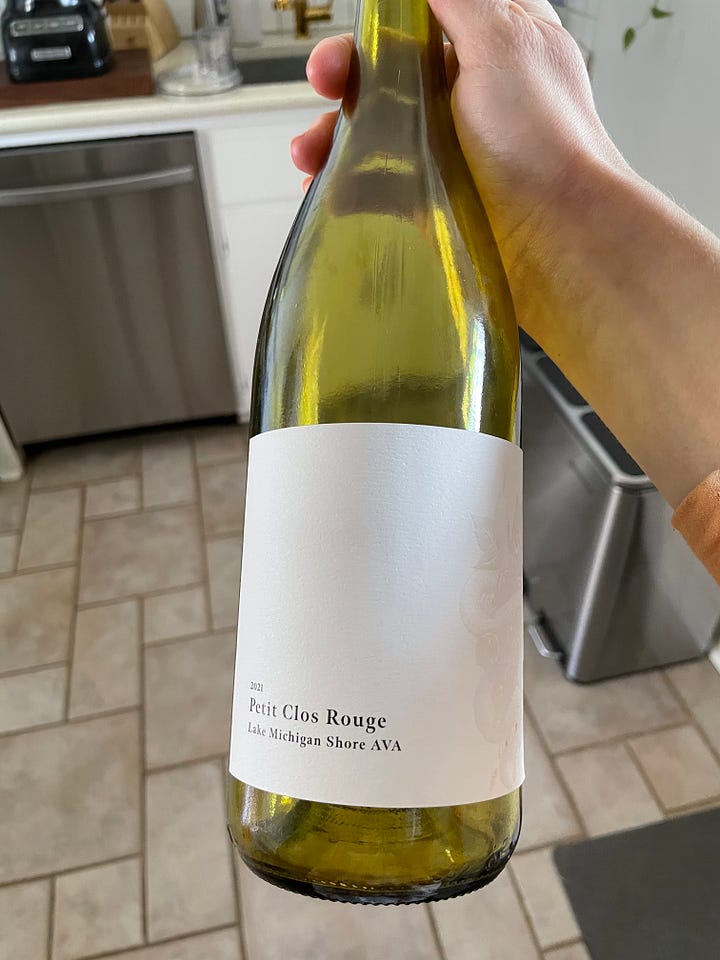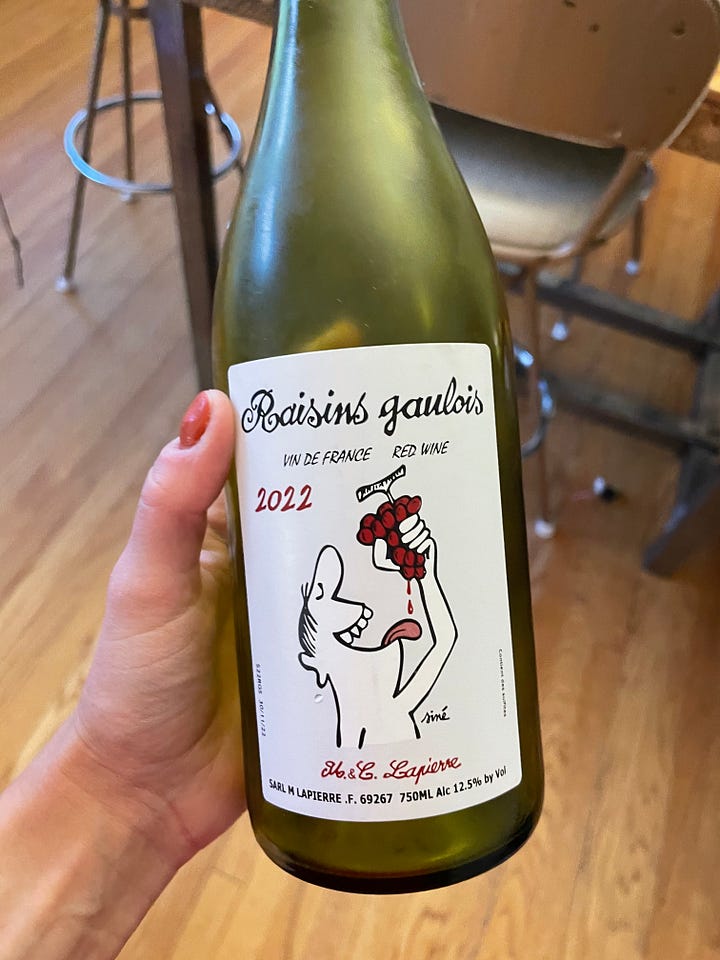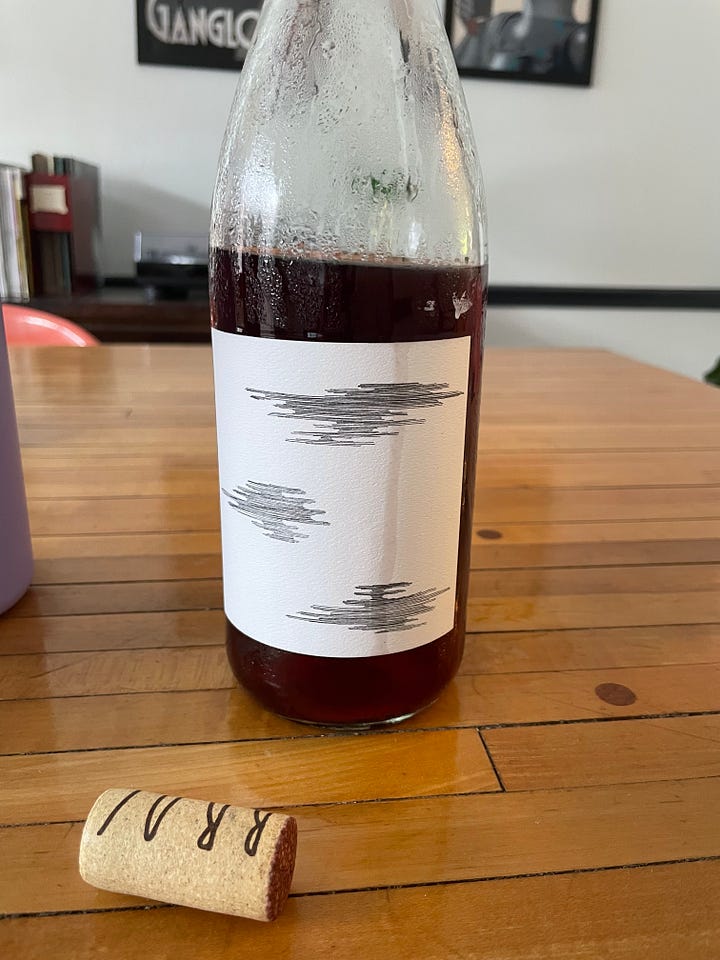Happy Tuesday after a long weekend (for those of us in the US)! I hope you spent a few hours doing exactly what you wanted to do, which, in my case, is opening a chilled red wine like they ones we’re discussing today.
As previously established, I’m a big proponent of natural wine, which I’m still learning to unfold and explore. Part of why I love it is because of the rather anti-establishment nature of the natural wine community. I love that they buck conventions and do things differently—to an extent, and until they raise convention as a weapon against members of their own community. More on that later! (I may be an amateur, but I love reading industry gossip of any sort.)
It wasn’t until I stumbled upon the world of natural wine, though, that I realized red wines could be consumed in warm weather. There have been many times in the summer that I sit down to order a glass of wine and am faced with crisp bottles of white, funky orange wines, or universally beloved roses. The days that I opt for anything but a light, juicy red, I’m almost always disappointed. What can I say? I know what I like!
Temperature affects taste in interesting ways. Studies have shown that warmer temperatures cause humans to perceive much more bitterness in food and beverages, from chocolate ice cream to red wine. Most wines have a suggested serving temperature, and I’d bet that most of the temperatures for red wines are lower than you might think. Whereas most people I know casually uncork red wines at room temperature and knock them back (same, honestly), it’s recommended that they be served somewhere between 55-65F. Setting the temperature of my wine fridge hasn’t yet been something I need to worry about, but I aspire to one day stress about this.
Those of you who have taken any sort of wine education course or are food professionals probably already know this stuff. Chemistry is always at work in the kitchen, and though it fascinates me, I tend to approach it like I do a hot tub—I want to hang, but often, I need to just dip my toes in to start. When I started to explore chilling reds, I threw a bottle of Beaujolais in the fridge for an hour, then let it warm for 15 minutes before pouring it. I couldn’t believe how much smoother it was than the bottles that had been hanging out on my bar cart at 72F. Magic! Then I proceeded to over-chill some bottles in the name of science. You might do it, too. Luckily, there’s an easy fix.
Here are the facts according to yours truly: with enough chill on a bottle, a red wine can stand up to a sunny summer afternoon, especially if it’s low enough in alcohol (as many natural wines tend to be). Wine friends call these “porch pounders.” I like my porch pounders to be red wines, no higher than 12% in alcohol, and lip-smackingly juicy (NOT sweet). The bottles below are some stand-outs from the spring/summer. Send me some good ones to add to my list for fall!
PS: If you’re looking to read more about wine, check out the following Substacks: , , or ! I have also learned so, so much from and her books. Go! Explore! Learn more from people who are much more educated in this field than I.




Thanks for reading, as always. I am absolutely loving writing about wine, a subject that I love but feels very new and intimidating. On Friday, paid subscribers are getting a recipe for blueberry muffins. Next Tuesday, you’re in for a treat: I’m sharing a conversation with my friend Palita Sriratana of Pink Salt Kitchens!



